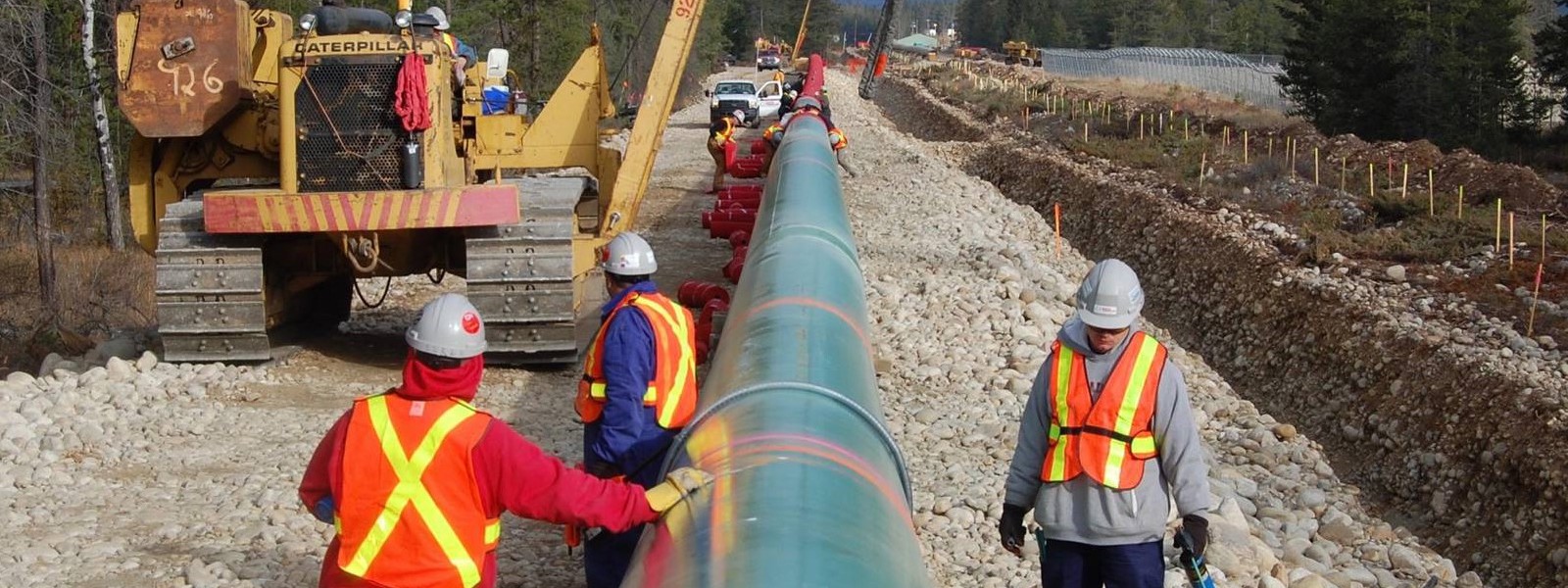Fatigued Driving in the Oil and Gas Industry

According a new fact sheet released by the NIOSH, fatigued driving is the leading cause of death in the oil and gas industry.
Oil and gas workers face several factors that increase their risk of drowsy driving, including long periods of time awake, monotonous road environments and work shifts that may be unaligned with circadian rhythms.
The resource describes a case in which three workers decided to begin a 10-hour trip home after working a 20-hour shift that ended before midnight. None of the workers was wearing a seat belt when the driver fell asleep about 25 miles down the road. The vehicle went off the road on a curve and rolled several times, ejecting everyone in the vehicle and killing two of the workers.
Frequent yawning, heavy eyelids, lane drifting and forgetfulness are among the warning signs of drowsy driving, the fact sheet states.
To help prevent fatigued driving, NIOSH recommends workers:
- Get seven to nine hours of sleep a day. Regular caffeine use or rolling down the window and turning up the radio are not suitable alternatives.
- Use rest locations, when available, during extended wait times at worksites, or use earplugs or eye masks to make it easier to sleep.
- Follow organizational policies on fatigue management, travel planning and hours-of-service requirements.
- Follow the basics of proper diet, activity and sleep.
- Use stop-work authority if you feel it’s unsafe to continue driving, and intervene if you feel a co-worker is experiencing fatigue.
- Pull over, drink a cup of coffee and nap for 15 to 30 minutes during emergency situations in which you are tired but must keep driving.
Source: Safety and Health Magazine, April 9th, 2018, Link to Article
